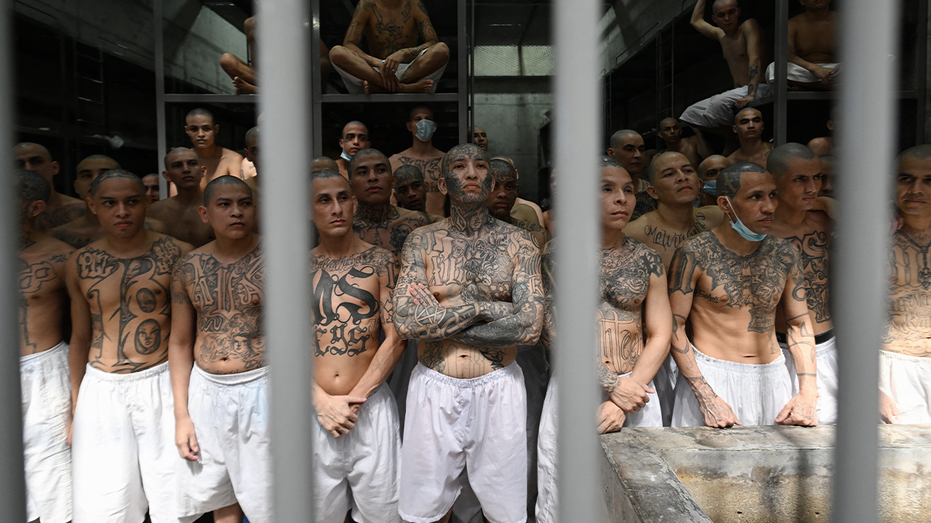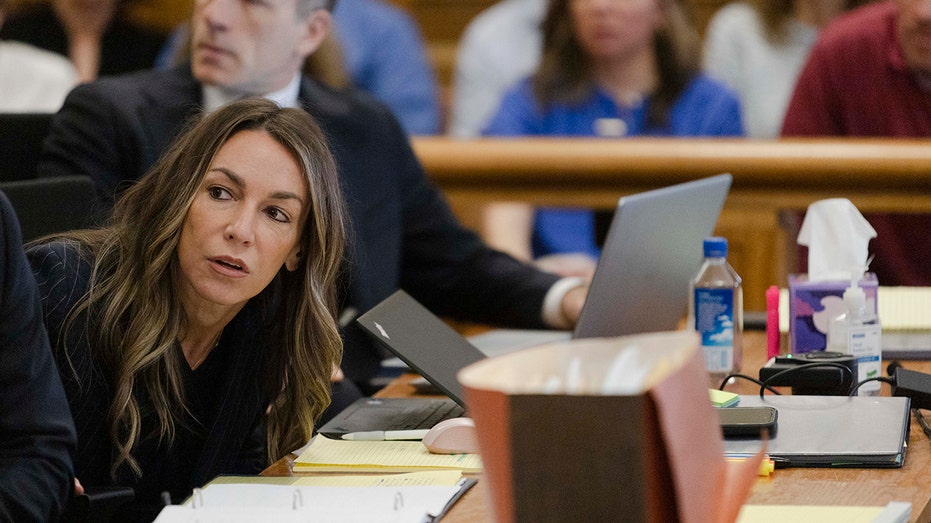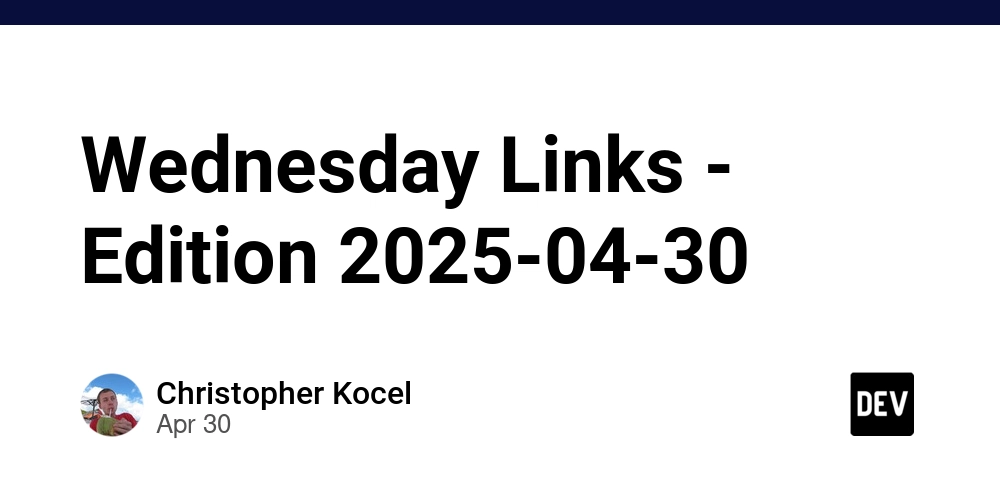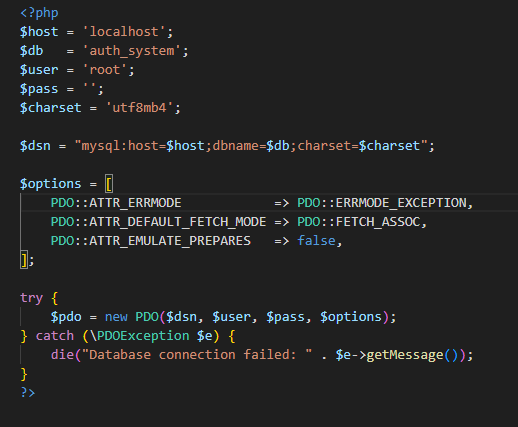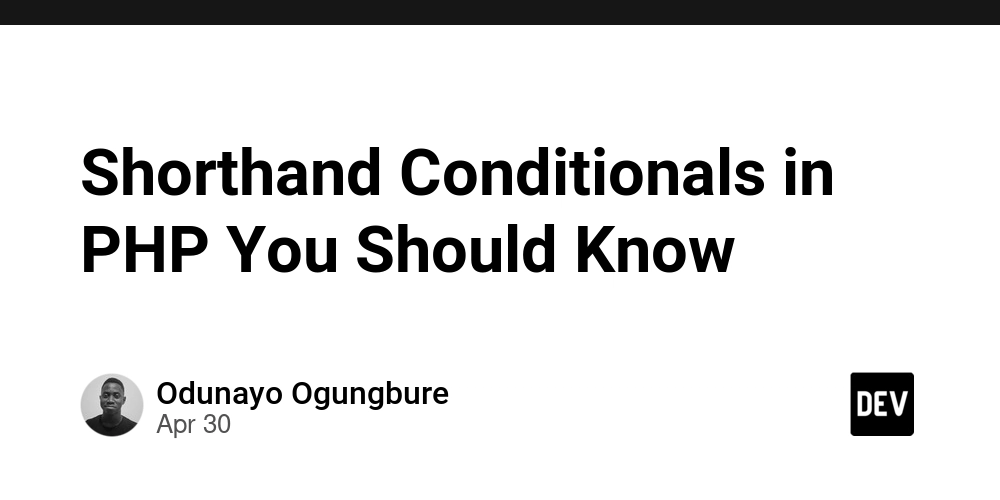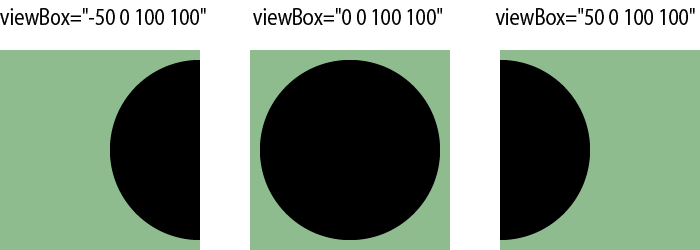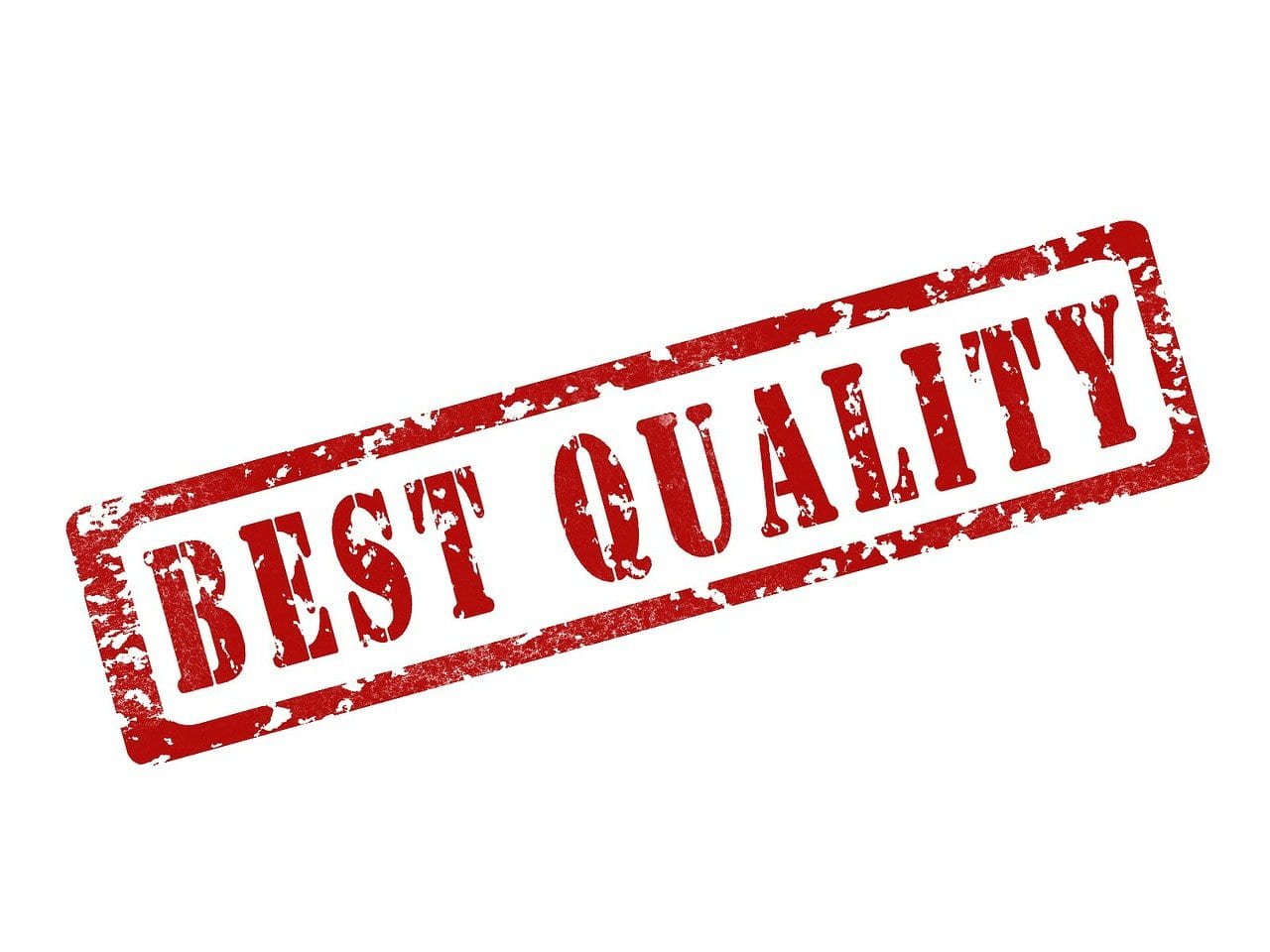The nuclear deal Trump should make with Iran
It appears that the administration does not have a clear objective in the negotiations.

Good statecraft depends on marrying objectives to means. Although this is seemingly obvious, America often fails because presidents adopt the wrong objectives.
Lyndon Johnson in Vietnam and George W. Bush in Iraq failed because they did not understand what they were getting into, and the U.S. lacked the means to achieve our objectives at an acceptable price.
The U.S. may have failed in these cases, but using coercion and force to achieve political ends is often necessary. Bill Clinton employed both to alter Serbian leader Slobodan Milosevic’s calculus and produce a peace agreement in the Balkans in 1995.
Can President Trump do the same to reach an agreement with Iran so that it gives up pursuit of a nuclear weapon? Trump is certainly trying to use threats to achieve that end — emphasizing that he wants diplomacy to succeed but, if it fails, there would be “bombing” and the consequences for Iran would be “dire.”
Threats can work if they are credible, and those who we are threatening fear our use of force. In the case of Iran, regime survival has always been the first priority. Avoidance of direct conflict with the U.S. has guided its leaders for nearly 40 years. Ayatollah Ruhollah Khomeini, after declaring Iran would fight Iraq for as long it took, accepted a ceasefire in July 1988 after U.S. forces, on the scene to protect reflagged oil tankers, began to sink Iranian naval vessels, destroy Iranian oil platforms and mistakenly shot down an Iranian civilian airliner.
In 2003, Iranians thought they were next after U.S. forces ousted Saddam Hussein. The Islamic Republic made a far-reaching proposal in which it offered to suspend uranium enrichment and end military support for Hezbollah and Hamas. But Bush administration hardliners scuttled it.
In January 2024, after three American troops were killed at Tower 22 in northern Jordan by a drone fired by Kataib Hezbollah (an Iranian proxy in Iraq), the Biden administration responded by hitting 85 different targets in Iraq. Fearing that further U.S. attacks might hit Iran directly, Esmail Qaani, the head of military’s elite Quds Forces, went to Baghdad and convinced the proxy militias to stop firing at American forces for the next six months.
Non-military threats that Iran’s leaders viewed as costly also affected their behavior. The Iranians declared during the Obama administration that they would not negotiate while they were under economic sanction, yet the administration dramatically expanded the sanctions — and the Iranians negotiated. Now, during the Trump administration, after Supreme Leader Ali Khamenei rejected talks with the U.S., saying it was “not honorable” to engage in them, he relented and authorized such talks.
That doesn’t mean reaching an agreement with the Iranians is simple. But for those who say pressure does not work with the Islamic Republic, the record indicates that it does and it can.
But to what end? Trump says that “Iran can’t have a nuclear weapon,” but that it could remain a threshold nuclear weapons state and meet that standard. National Security Advisor Mike Waltz went far beyond that, saying the Iranians must completely dismantle their entire nuclear program. Iranian Foreign Minister Abbas Araghchi declared there could be no negotiations if that was on the table. That Araghchi called the first round of talks “constructive” suggests it was not part of the discussion.
Steve Witkoff, Trump’s negotiator, gave an interview after meeting Araghchi in Oman and suggested that verification of levels of enrichment and weaponization would be sufficient. Yes, he subsequently hardened that posture in a tweet, saying Iran had to “eliminate enrichment and its weaponization program,” but even that objective falls well short of the Waltz statement. And, that statement — and Witkoff’s tweet — do not seem to have factored at all in the Witkoff-Araghchi second meeting in Rome, with Araghchi saying afterwards that the “negotiations are moving forward” and that he and Witkoff were able to reach a “better understanding about a series of principles and goals.”
It appears that the administration does not have a clear objective in the negotiations. The Iranians no doubt have and will be focusing on preserving as much of their existing nuclear infrastructure as they can, and there’s the rub: they have built advanced centrifuges that are enriching to 60 percent, near weapons grade, and that creates the option of going for a nuclear weapon at a time of their choosing. As Rafael Grossi, the head of the International Atomic Energy Agency has said, there is no justifiable civilian purpose for enriching to 60 percent.
Dismantling the nuclear program need not be the objective, but making sure that Iran can no longer preserve a nuclear weapons option must be. The 2015 Iran nuclear deal did not do that. After 15 years, there were no limits on the nuclear infrastructure Iran could build — meaning it was agreeing to defer a nuclear weapons option, not give it up.
If Trump decides that Iran must demonstrably give up preserving a nuclear weapons option, even while it is permitted a civil nuclear program, Witkoff could propose that it end domestic enrichment and get its nuclear fuel from another nation. That would be the simplest and best option from a nonproliferation standpoint. But because the regime would view ending enrichment as a total surrender, it is probably not achievable absent the use of force.
An alternative could be to propose scaling back the size and quality of Iran’s nuclear infrastructure to the point where it no longer has a weapons option. These limitations would have either no sunset provision or be reviewable only after 25 years. Specifically, Iran would be limited to 1000 centrifuges, to include only IR-1s and IR-2s and no advanced centrifuges; enrichment to less than 5 percent; and all of its accumulated stockpile of high-enriched uranium would be removed from the country, with less than one bomb’s worth of low-enriched uranium permitted.
By combining these terms with intrusive verification of the entire fuel cycle and assured inspection of declared and undeclared nuclear sites, Iran would be retaining civil nuclear power, but not a nuclear weapons option.
The Trump administration would be wise to present such a proposal and publicize it. That would demonstrate to the world — and to a restive Iranian public — that Iran could have a civil nuclear program even with enrichment. This would create pressure both internationally and within Iran to accept the American proposal, and do much to legitimize the use of force if the Iranian leadership rejected it.
Framing objectives in a way that gains support globally certainly helps to marry objectives and means and makes for smart statecraft. Making clear that Iran can have civil nuclear power but not a nuclear weapon option can build pressure on the Iranians by isolating them — even as it raises the specter their leaders have always feared: direct U.S. military action against the regime.
Dennis Ross is the counselor and William Davidson Distinguished Fellow at the Washington Institute.



